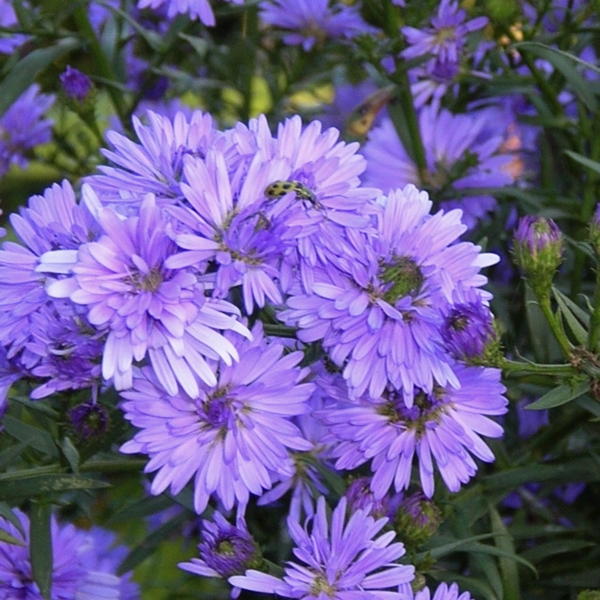HARVESTING, PLANTING, REFLECTING
Plant Bulbs Now
for Spring Color & Big Wows!
September is the perfect month
Temperatures are mild and refreshing. The heat and mugginess of summer give way to the comfortable crispness of fall. Soil temps are perfect for planting perennials and bulbs. There is still enough light for sowing and harvesting crops. Plus College Football inter-conference battles. Woohoo!
Take Notes
TAKE NOTES ABOUT YOUR
SUCCESSES AND PROBLEMS
WHILE YOU STILL REMEMBER
THEM
New Gardeners
Cut down any weeds (including rogue trees and shrubs that popped up in the garden) and spent plants to the ground. This should be the last major weeding project of the year. Weeds don’t grow well in fall!!
Walk your garden with a pad or your phone. Make note of the things you liked and didn’t like while you can still see and remember them. This info will make gardening easier next year. Extra bonus: go to a botanic garden, park, or neighbor’s yard and do the same thing!
Harvest & Preserve
HARVEST AND PRESERVE YOUR VEGGIES FOR THE TASTE OF SUMMER ALL WINTER
Experienced Gardeners
Remember all those bare patches in the garden last April? Time to fill them with bulbs. Order daffodils, scillas, alliums, leucojums, lilies, jack-in-the-pulpits, and other perennial bulbs to highlight areas under trees and shrubs, along the foundation, and in the perennial border. Use the showy hybrid tulips for blasts of color in the planting beds and containers.
Harvest your veggies along with your herbs and make summer sauces. The glut of tomatoes will end soon, but you can have the taste of summer all winter simply by cooking down tomatoes with herbs and freezing them in labeled bags. Different tomatoes impart different characteristics to sauces. Cherries usually give a sweeter saucer. Yellow tomatoes produce a less acidic sauce. Brown shouldered tomatoes (Cherokee Purple, Paul Robeson, etc) add savory flavors. Combine all of them for a mix of flavors!
Monarchs are Migrating
REFRESH YOUR GARDEN AND HELP THE MIGRATING MONARCHS BY PLANTING ASTERS, SNAPDRAGONS, BUTTERFLY WEEDS, PHLOX, VERBENAS, AND OTHER NECTAR RICH FLOWERS
Educators
The monarchs are coming! Have students record which pollinators come through the gardens, and note changes in type and number of pollinators throughout the month. Also observe nearby wild areas. ELA, math, and geography teachers can use monarch migration and pollinator refueling to teach standards as well.
Plant quick cold season crops for botany lessons and science experiments. Many radishes and greens take less than a month to fully develop from seed. These quick growing crops are good for studying because students can notice big changes from week to week. Another advantage of radishes is that they absorb marinade flavors, so the students that won’t eat them raw might try them after you do your October radish pickling experiments!
Replant Containers
REPLANT CONTAINERS AND BASKETS
WITH FALL BLOOMERS LIKE ASTERS, MUMS, VIOLAS, ETC.
Businesses
Clear your summer flowers out of containers and hanging baskets then replant with fall bloomers, like asters, mums, violas, etc. Look for fall flowers with lots of buds, but not blooming. You want all the blooming to happen at your business not in the store
With cooler nights and shorter days turf grass and flowers don’t need as much water. Cut back on irrigation to save water, limit erosion, and reduce diseases like powdery mildew and slime mold.
Reduce Watering
REDUCE THE WATERING SCHEDULE FOR LAWNS AND GARDENS. AS NIGHTS BECOME COOLER AND DAYS SHORTEN, PLANTS NEED LESS WATER
Upcoming events
Come out and play with us at Fiesta Familiar, Saturday, Sept 23, 10:00a to 5:00p at Lincoln Park Zoo
Join Us for our Chicagoland Fall Tour, Saturday, Oct 14, 9a until we are all tired of walking, eating, and drinking






